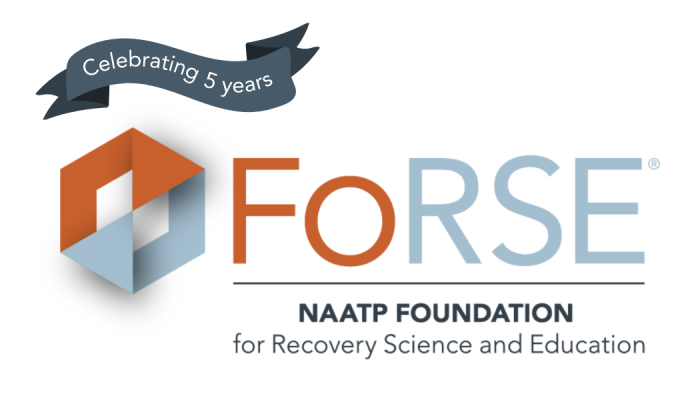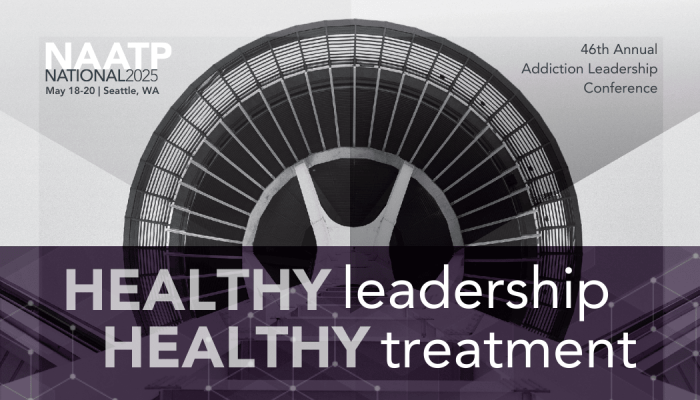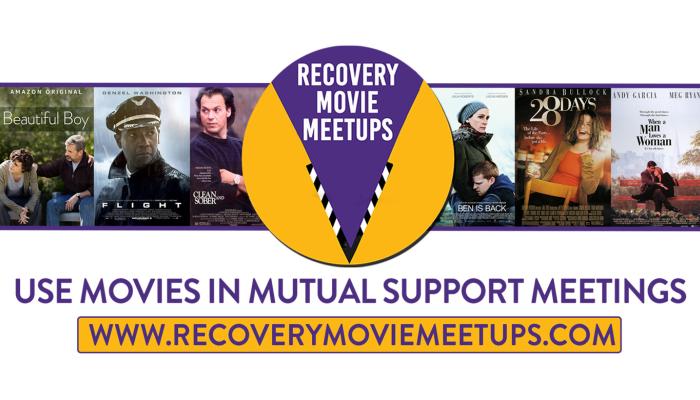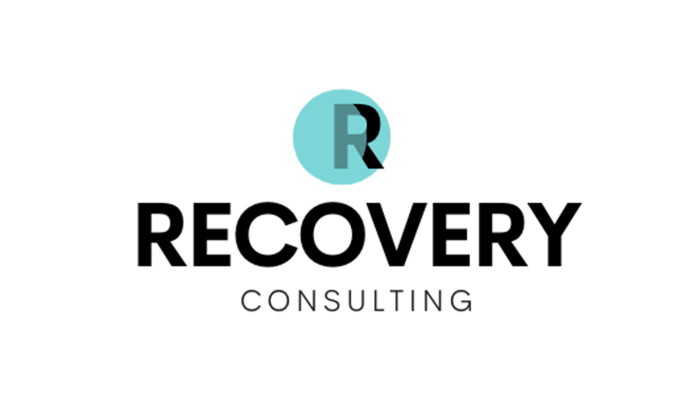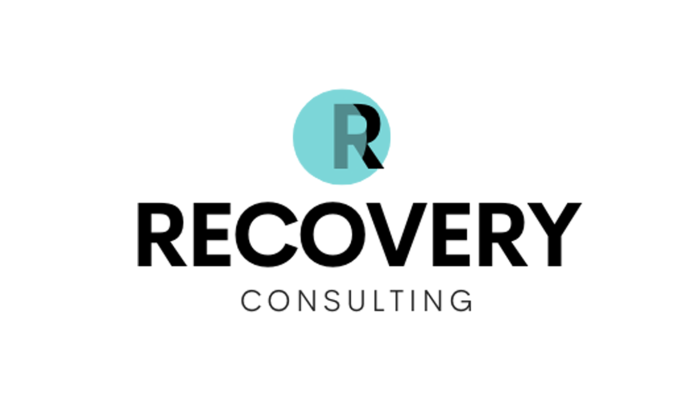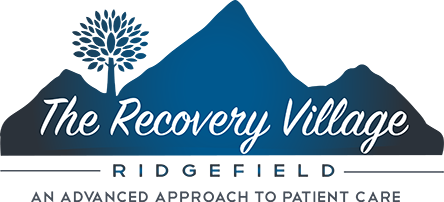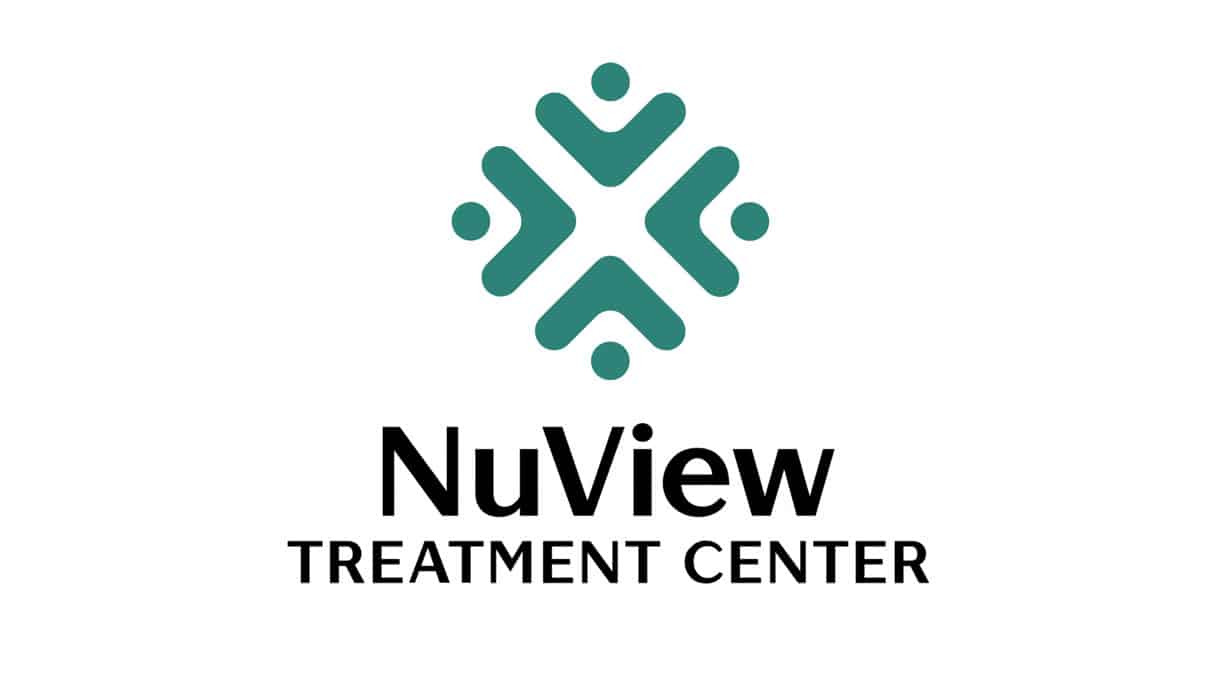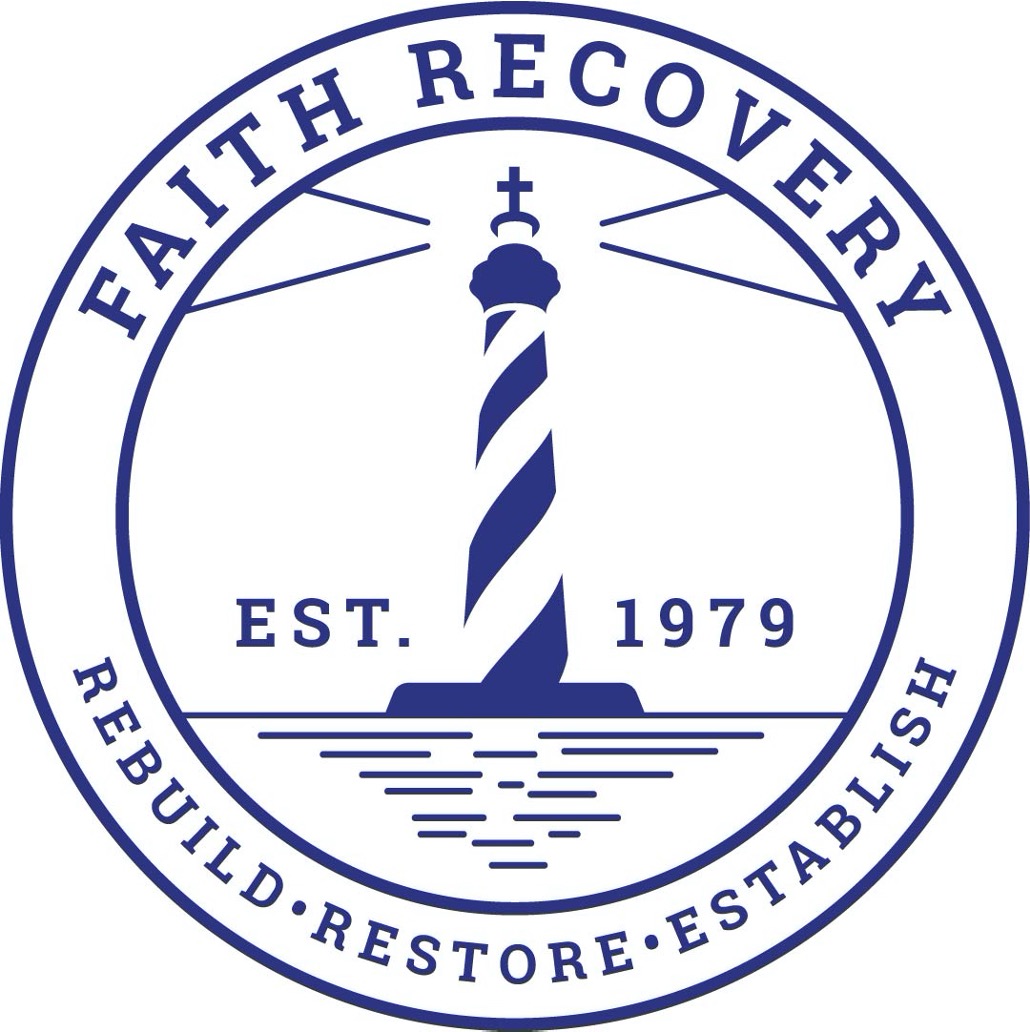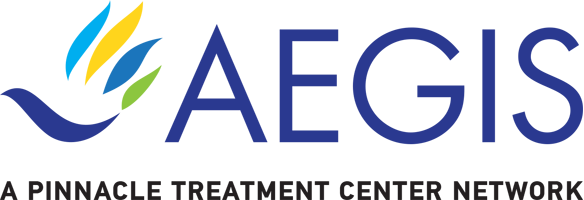Feb 12, 2021
Three NAATP Members Innovate to Reduce Safety Events

Faced with increasing levels of mental health and co-occurring diagnoses, residential treatment facilities are experiencing a greater frequency and range of safety issues: elopement, altercations, contraband, self-harm, and even suicide attempts. As the risk and costs of these events rise, organizations are looking for effective, efficient, and client-friendly ways to improve safety.
Zach Johnson of VisibleHand sat down with Dane Binder, Chief Operating Officer at Sierra Tucson; Billy Mara, Director of Safety at A Mission For Michael; and Stephanie FitzRandolph, Director of Client Care at The Refuge: A Healing Place to discuss the situation. All three agreed that the number of clients being admitted with self-harm tendencies, suicidal thoughts, and mental health diagnoses is rising.
Billy from AMFM noted that the situation has escalated saying, “every year, acuity just rising, rising, rising.” He does not expect this to change, especially given the pandemic. “I still think we're riding the uptrend of people coming into treatment with more acute psychiatric issues.”
Creating Solutions
To address this negative trend, over the past two years these three organizations have implemented changes to staffing, licensure, training, staff-client proximity verification, and location tracking, and all three adopted digital systems for their safety checks. Through these innovations, not only were all three able to reduce safety events like elopement by over 50%, but their advancements have delivered additional benefits - improved staff retention, more family confidence in their programs, and increased revenue with the ability to treat a wider range of clients.
As one component of their plan, The Refuge adopted a simple digital rounding system from VisibleHand that has allowed better information sharing among staff for more consistent client supervision.
“Prior to this system we had a paper chart, which was cumbersome and not as effective as this new system. We increased the number of staff on shift and staggered schedules to have more coverage during shift change. This digital system allows our staff to see in real time, with time-stamped notes, what each client was doing and when.”
AMFM uses proximity verification with their digital rounding system, in addition to increasing staff training.
“We increased training on safety issues and clinical knowledge. Basic knowledge of mental health disorders goes a long way… and we implemented a program for safety checks, which was big, because it confirms that the client is present when staff are doing the rounds.”
Sierra Tucson has employed an even more robust system in which client location can be tracked whenever needed.
“We implemented a verification tool to make sure that staff are entering the room and in close proximity to clients… and for elopement alerts, we helped create a location system, so we can see a map of our campus and where each client last ‘pinged’. Now we can find people and secure them much more quickly.”

Measuring Results
All three organizations improved safety - even while treating more acute clients. Elopement and wandering were reduced by over 50%. And when elopements were attempted, response times were significantly reduced.
Each organization also reported an increase in staff engagement and morale. “My staff are creating stronger rapport and relationships that are more positive and therapeutic because they're not spending as much time having to track down everything on pen and paper,” said Stephanie from The Refuge.
Billy from AMFM agreed: “We want them to have a human connection. You're not going to get that feeling when they have a huge clipboard and they're not looking at you. It’s the difference between a therapist sitting and typing on a computer versus a therapist engaging with you and talking. Yes, you are holding staff accountable. But you're doing that by making their jobs easier, they're being more efficient, they will interact with clients more… and happy staff usually translates into happy clients.”
Final Thoughts
As the treatment environment changes, organizations have a choice to make: exclude higher-risk clients, or adapt employee training and safety systems to meet the challenges. Each of these three organizations was able to customize a program to improve safety, even as patient acuity has risen. Their solutions include staffing increases and reorganization, better training, different clinical interventions and assessments, and enhanced technological solutions. The results reach beyond safety improvement, with better staff morale and retention, a more congenial and therapeutic atmosphere for clients, more peace of mind for families, and even the opportunity to increase revenue by taking in higher acuity patients.
For more information and resources, feel free to reach out to any of these contributors directly or to NAATP, who can connect you.

Contributors:
Zach Johnson, VP of Business Development at VisibleHand
Dane Binder, Chief Operating Officer at Sierra Tucson
Billy Mara, Director of Safety at A Mission For Michael
Stephanie FitzRandolph, Director of Client Care at The Refuge, A Healing Place





